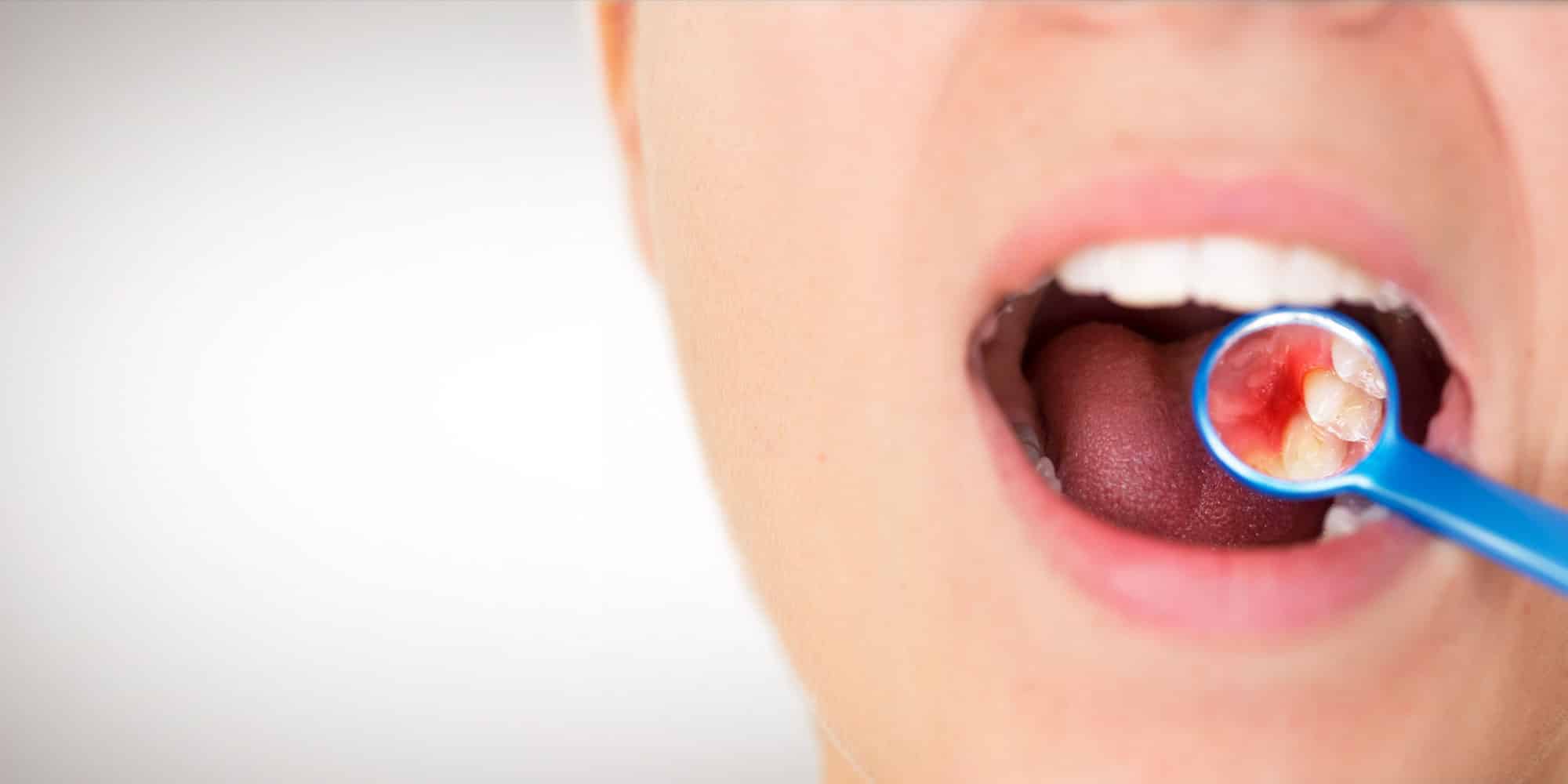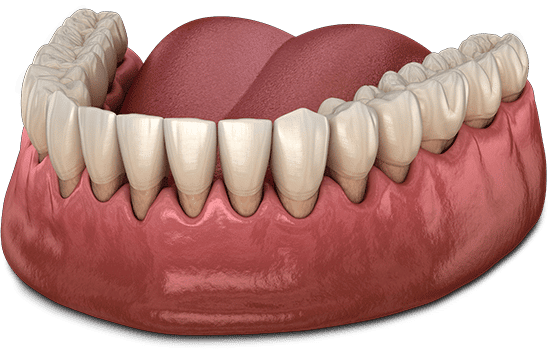
Why Healthy Gums Are Important

The Many Benefits of Soft Tissue Treatment
- An attractive, healthy smile
- A balanced tooth-to-gum appearance
- Reduced risk of gum infection
- Minimal tooth sensitivity
- Improved daily function

Compassionate Periodontal Services
Scaling and Root Planing
This nonsurgical, two-part procedure involves careful cleaning of your root surfaces to remove plaque and tartar caused by deep periodontal pockets. Planing is done to smooth rough spots on the tooth roots and remove bacterial toxins.
Periodontal Maintenance
Without routine cleanings, bacteria can still accumulate and cause re-infection. Periodontal maintenance every 3-4 months ensures that gum disease does not return. The frequency of this treatment is dependent upon the severity of periodontal disease, plaque accumulation rate, and your at-home oral hygiene routine.
Crown Lengthening
During this procedure, excess gum and bone tissue are reshaped to expose more of one tooth or several teeth to even your gum line and reveal a natural, less gummy smile. If a tooth is decayed, broken below the gum line, or insufficient tooth structure exists to create a restoration, crown lengthening is done to adjust the gum and bone level to expose more of the tooth.
Gingivectomy
Soft tissue damaged by gum disease can pull away from your teeth, leaving deep pockets that trap plaque and bacteria. During this procedure, Dr. Matha will remove this tissue and clean the pockets, then reattach healthy gums to your teeth. This final step forms a barrier to help prevent bacteria from damaging soft tissues again.
Laser Gum Surgery
Laser dentistry enables Dr. Matha to treat periodontal disease without a drill or scalpel. A dental laser both eradicates bacteria and diseased tissue and cauterizes the area to prevent bleeding. Using lasers for procedures including gingivectomy decreases procedural pain and recovery time. A gingivectomy is a common laser dentistry procedure.
Frenectomy
This procedure is done to correct issues with the frenum. This connective tissue is located both under the tongue and behind the upper gums. Loosening frenum tissue under the tongue allows better mobility and prevents related speech problems. Removing excess tissue from the upper gums can prevent gaps in the front teeth and associated orthodontic problems.
FAQs
The fastest way to heal gum tissue is to maintain excellent oral hygiene habits. This includes brushing gently twice daily with a soft-bristled toothbrush, flossing daily to remove plaque and debris from between teeth, and using an antiseptic mouthwash. Additionally, avoiding tobacco products and eating a balanced diet rich in vitamins and minerals can promote gum health. If gum issues persist or worsen, it’s essential to consult a dentist for professional evaluation and treatment.
To clean soft tissues in your mouth, start by brushing your tongue gently with a toothbrush or using a tongue scraper to remove bacteria and food debris. Next, rinse your mouth with an antimicrobial mouthwash to kill remaining germs and freshen breath. Finally, use dental floss or an interdental cleaner to clean between teeth and along the gumline, ensuring thorough hygiene for your entire mouth. This routine helps maintain oral health and prevents issues like bad breath and gum disease.
Repairing gum damage at home requires gentle care. Start by maintaining excellent oral hygiene with regular brushing and flossing. Consider using a soft-bristled toothbrush and gentle, alcohol-free mouthwash. Apply a warm saltwater rinse to soothe inflammation and promote healing. Avoid tobacco products and acidic foods that can exacerbate gum irritation. However, for significant gum damage, it’s crucial to consult a dentist promptly to prevent further complications and receive appropriate treatment.
Soft gum tissue can result from various factors, including poor oral hygiene, leading to gum disease like gingivitis or periodontitis. Hormonal changes during pregnancy or puberty can also cause temporary softening. Additionally, certain medications, nutritional deficiencies, and autoimmune conditions may contribute to gum tissue softness. Regular dental check-ups, proper oral hygiene practices, and a balanced diet can help prevent and manage soft gum tissue.
